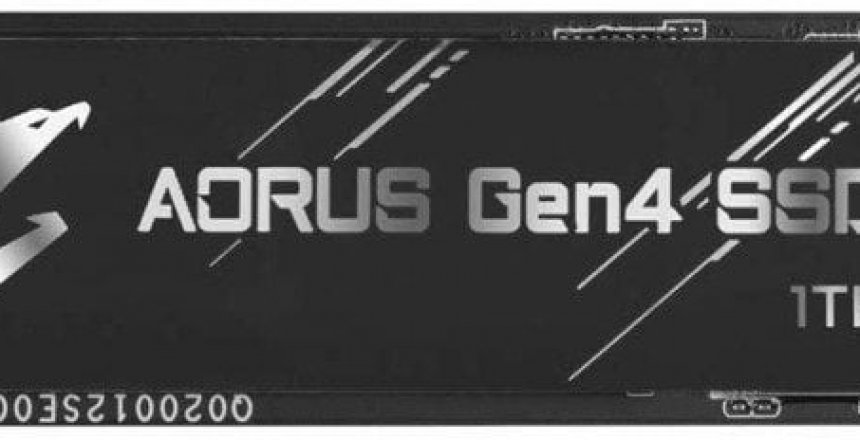So what is Gen4? Well, since PCIe 4.0 is now available in new motherboards and computers, and enables the computer to talk to devices twice as quick as the previous generation PCIe 3.0. SSDs bottlenecked the PCIe 3.0 standard so there was need to replace it.
Gen 4 NVMe SSD
In order to get around the bottleneck problem of PCIe 3.0, the Gen 4 NVMe SSDs are designed to work better with the new PCIe 4.0. However, they are backwards compatible with PCIe 3.0 but there is little point in installing them in a PCIe 3.0 system unless you plan on upgrading the motherboard in the future.

Samsung 980 Pro SSD
Since the bottleneck of PCIe 3.0 has been lifted, this must be one of the first SSDs to offer 7,000MB/s read and 5,000MB/s write speed. The type used is MLC, which is a lower density chip system that has increased reliability over the higher density memory chips and guarantees 600 TBW (terabytes written)
If you were a video editor copying a raw 8K video that is 8 minutes long (which is roughly 1TB) to this drive, it will take just 4 minutes and 2.5 minutes to read.
The future
I can perceive that the PCIe 4.0 speeds to bottleneck very quickly given that the Samsung 980 Pro has a read speed of 7,000MB/s, it won’t be long before read and write speeds top 8,192MB/s and then the next bottleneck will be reached. However, with PCIe 5.0 planning to come out in 2022, this may not be a problem for long.
A cheap Gen 4 500GB is around £90 right now. A cheap 1TB for around £140 and the Samsung for around £220.

